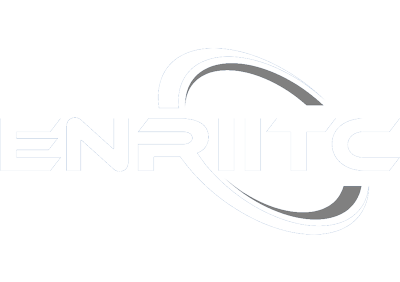#ENRIITCyourCoffee season 5 episode 2 with NEUTRONS
Welcome to the recap of #ENRIITCyourCoffee second episode of the season. We are taking slightly longer breaks between the coffee dates. If you miss us or would like to talk about your own project, please let us know at enriitc@ess.eu.
This episode was all about neutrons. This topic was introduced by Robin Woracek, Instrument Scientist at European Spallation Source ERIC (ESS). Unfortunately, Andrew Jackson who is the Group Leader and Instrument Scientist at ESS, was not able to join us. However, Robin was kind enough to step in and talked us through the topic of exploring materials with neutrons – a natural tool for industrial research.
Basics
Robin elaborated on his passion for neutrons and why this interest is not purely scientific. Neutrons have a neutral charge, as can be deducted from their name. This makes them deeply penetrating for magnetic structures. Being able to differentiate between isotopes, neutrons allow us to visualise hydrogen fuel cells, design better superconductors and understand drug binding and enzyme actions, just to name a few uses. Robin explains the differences between neutrons and more commonly known x-rays. In the below video at 03:25, you can see a comparison between x-ray imaging and neutron imaging at 04:29.
In a nutshell: a neutron ‘sees’ through the heavier metallic elements and is attenuated by the lighter elements, meaning it sees light!
Contrast mechanisms are the key to imaging. Robin explains a complex experiment with a cartoon for those who don’t know the basics of swapping hydrogen for deuterium at 06:38 in the video. The mechanism here is that Robin can make use of selective deuteration so they can make selected parts blend in or stick out. A great example of it is in the image below. This mechanism can be applied to a lot of different science cases and also industrial research areas.
Examples and use cases
The usages are various and spread across topics that do not fit on slides. Robin explains this on an x-axis going from the atomic and magnetic structure of materials all the way to watching a plant take up water from soil live and in 3D. Other use cases are to explore and understand how metals can become brittle since the impact of such events is almost always catastrophic. Additionally, a new line of use would be solid-state batteries using x-ray and neutron combined techniques. This could help us fight climate change. Neutron imaging has also been successful for cultural heritage applications like exploring a wooden kernel of a lead statue without any harm to the structure.
Last and probably one that most people can relate to is the study of cholesterol binding in cells where small angles scattering was used to get a better knowledge of lipoproteins. This is important to our lives since high cholesterol has increased to an epidemic in some parts of the world. If we can understand the exact mechanism of it, then we have the potential to help develop drugs to counteract such processes.
Once Robin concluded his presentation, the floor was given to the audience. The discussion took up such topics as non-confidential and non-paid beam time and how much of the beam time is used by industry partners overall. Check the discussion in the below video at 17:33.
Meanwhile, sign up for the next episode on 5 May with Robin’s colleague Sandra here.






Leave a Reply
Want to join the discussion?Feel free to contribute!